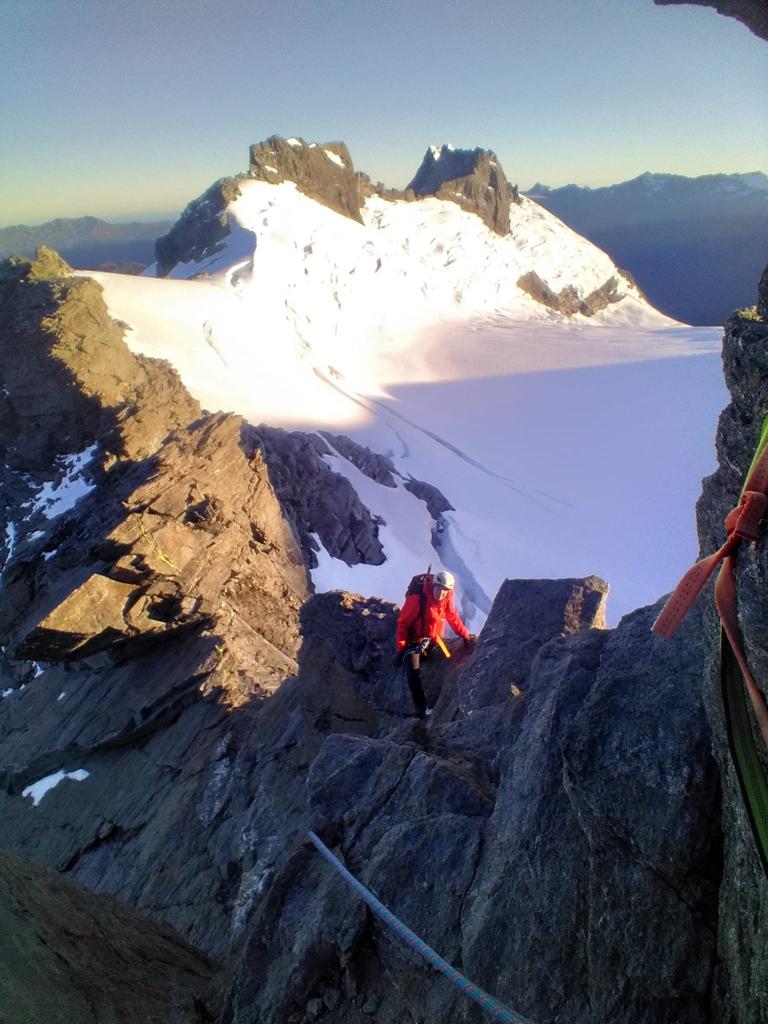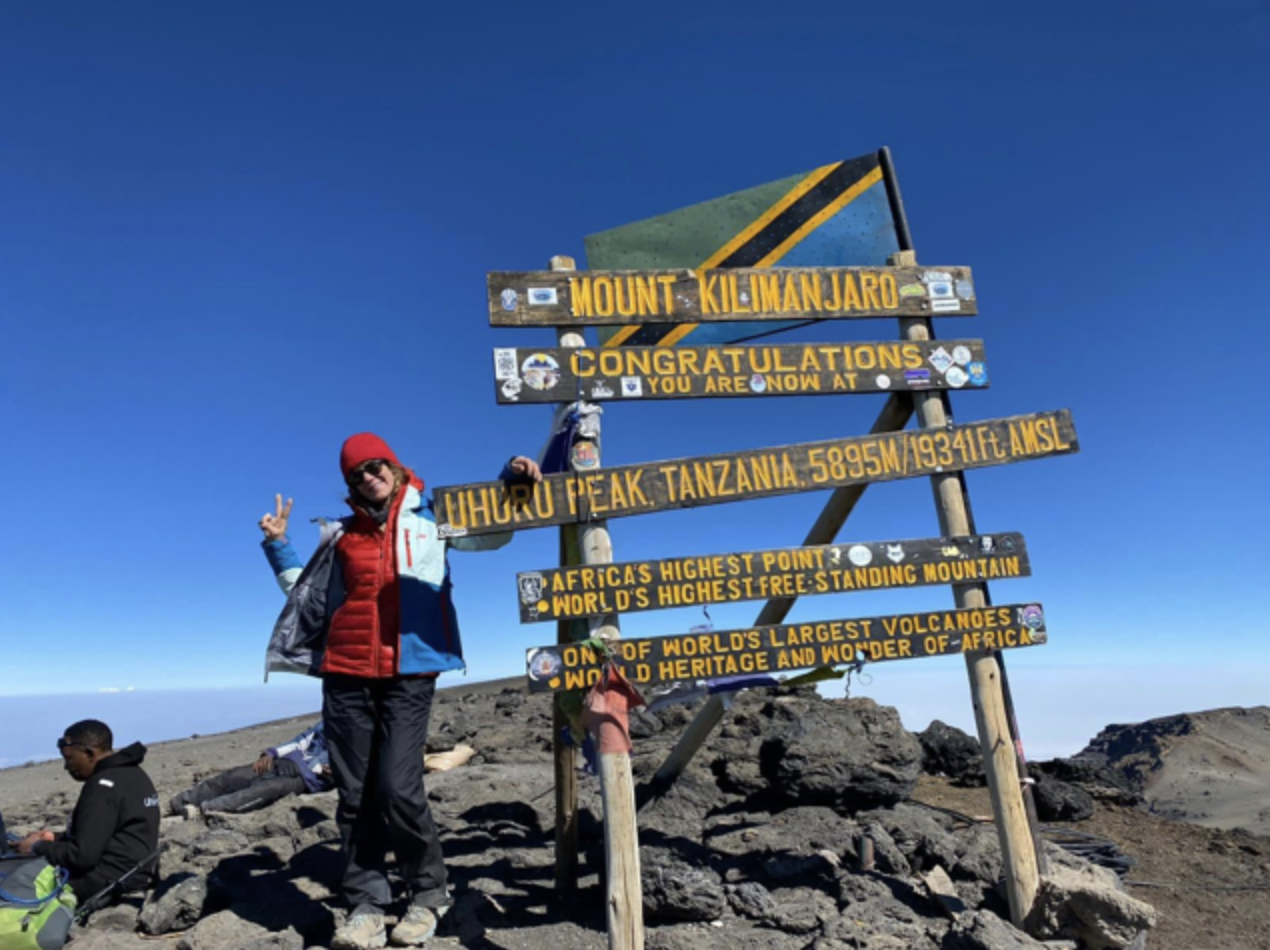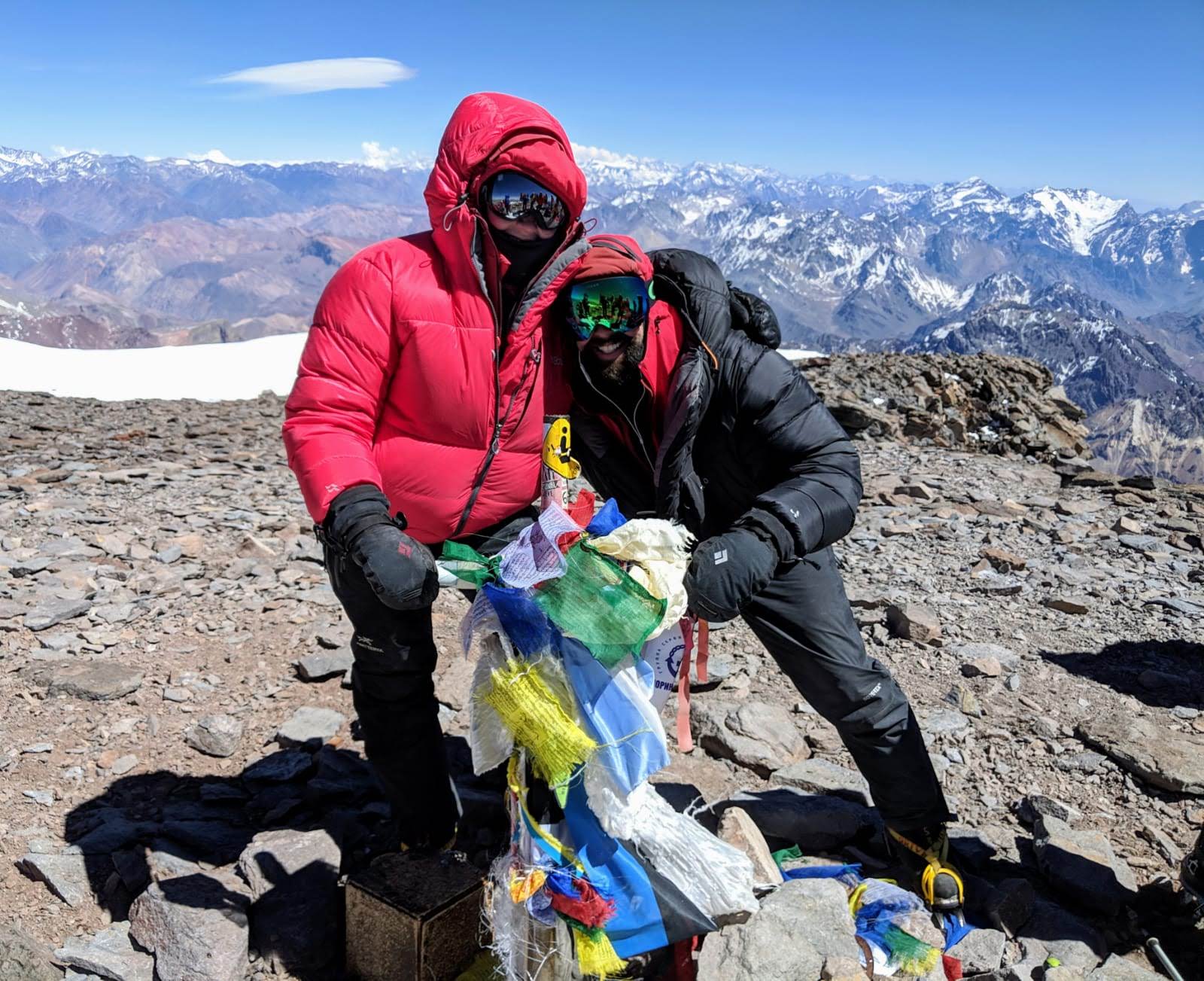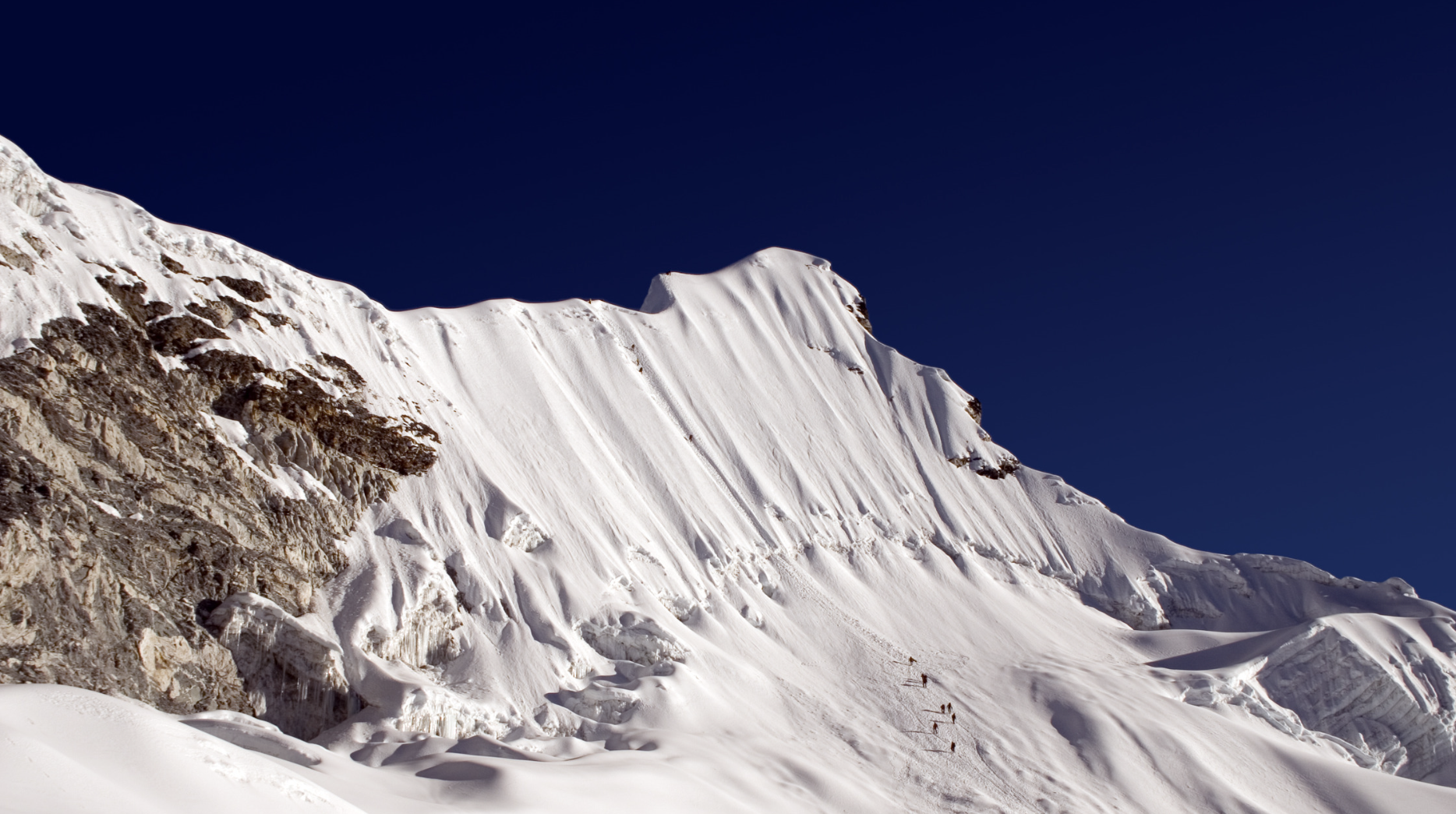Lung capacity isn’t something that’s often spoken about when it comes to training for a high altitude adventure but it’s actually something that can dramatically help you acclimatise faster at high altitude.
But before we get into the good stuff, checkout my Instagram Page for even more high altitude training advice, best practices and hacks.
Now, where were we?
A larger lung capacity allows for improved oxygen intake, aiding in acclimatisation and performance.
In this blog, we’ll dive into the science behind lung capacity, three epic protocols to follow to improve your lung capacity and the three results you should expect to see, especially the next time you’re at high altitude.
So, let’s start with the basics: what is lung capacity mean?
Lung capacity refers to the maximum amount of air your lungs can hold. It’s influenced by various factors, including genetics, age, fitness level, and respiratory health. Two key measurements associated with lung capacity are:
1. Tidal Volume: This is the volume of air you inhale and exhale with each breath while at rest.
2. Vital Capacity: This is the maximum amount of air you can exhale after a maximum inhalation. It’s a combination of tidal volume, inspiratory reserve volume (extra air you can inhale after a normal inhalation), and expiratory reserve volume (extra air you can exhale after a normal exhalation).
Increasing lung capacity involves expanding the elasticity of lung tissue and strengthening respiratory muscles. As you engage in lung-expanding activities, the alveoli (air sacs) in your lungs adapt by becoming more efficient at oxygen exchange.
Additionally, respiratory muscles like the diaphragm and intercostal muscles become stronger, enabling deeper and more efficient breathing.
There are many ways to increase your lung capacity, but here are three of the most effective protocols that I’ve used to date:
1. Diaphragmatic Breathing
Practice deep diaphragmatic breathing to engage the full capacity of your lungs. Inhale deeply through your nose, allowing your belly to rise, and exhale fully through your mouth. This helps strengthen the diaphragm, the primary muscle responsible for breathing.
2. Pursed Lip Breathing
This technique involves inhaling deeply through your nose and exhaling slowly through pursed lips. Pursed lip breathing helps keep airways open, promotes oxygen exchange, and prevents premature exhalation.
3. Breath-Holding Exercises
Engage in controlled breath-holding exercises. Start with short durations and gradually extend them as your comfort level increases. This helps increase lung elasticity and efficiency.

By doing these three exercises regularly, you should expect these three AMAZING results:
1. Improved Oxygen Uptake: A larger lung capacity allows you to take in more oxygen, supporting acclimatisation and maintaining energy levels at higher elevations.
2. Enhanced Endurance: With better oxygen intake, your body can perform for longer periods before succumbing to altitude-related fatigue.
3. Quicker Recovery: Efficient lung function aids in the removal of waste products like carbon dioxide, leading to faster recovery times after strenuous efforts.
Boosting your lung capacity plays a crucial role in high-altitude mountaineering and trekking. As your lung capacity expands, so does your ability to acclimatise, endure, and conquer the challenges of high altitudes.
Now, if you’re nodding along, thinking, “I should definitely give this a shot,” but you’re also aware that sticking to it might be a challenge, then I’ve got a special offer just for you.
Let’s have a chat.
I invite you to join me for a FREE High Altitude Training Call. During our conversation, we’ll explore where you currently stand, where you need to be for your chosen peak or route, and the precise steps to get you there.
We’ll delve deep into the strategies that will make you fitter, stronger, and exceptionally well-prepared for your high-altitude adventure.
And if it feels like the right fit for you, I’ll walk you through the workings of my coaching programs and share the remarkable results you can anticipate. Click the link below, and by this time next month, you’ll be well on your way to peak fitness and strength for your high-altitude journey:

If you’re not ready to start working with a High Altitude Coach just yet then I have a fantastic alternative for you.
Subscribe now to my exclusive newsletter, “The Summit Seeker’s Dispatch,” and unlock a world of weekly expert high altitude advice and best practices. Delve into the realms of training, nutrition, altitude, and gear, all meticulously tailored to empower you in becoming fitter and stronger for your next awe-inspiring high altitude endeavour.
For even more advice, best practices and tips follow me on Instagram





